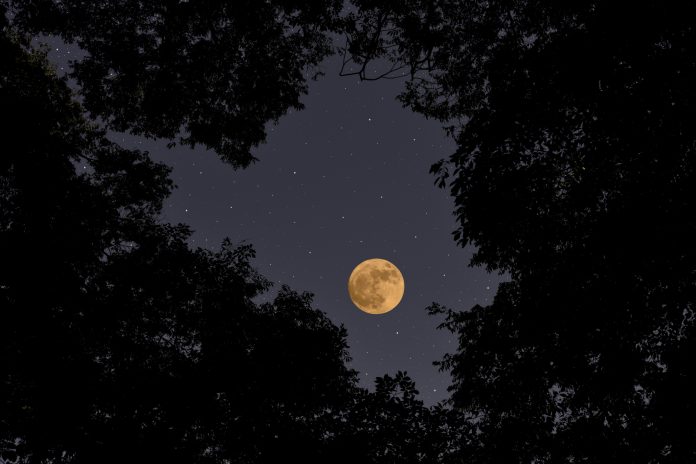The next full Moon will occur on Thursday, October 17, 2024, at 7:26 a.m. EDT and is filled with celestial and cultural significance, NASA has reported
Known as the Hunter’s Moon, this is the first full Moon following the Harvest Moon, traditionally marking a time when hunters would track animals through fields cleared of crops.
The term “Hunter’s Moon” dates back to 1710, and its significance lies in the hunting preparations for winter, with animals like deer becoming easier to spot.
A supermoon and hunter’s moon
This full Moon is also a supermoon, the third of four consecutive supermoons, meaning it will appear slightly brighter and larger than usual. For those in North America, the Moon will appear full from Tuesday evening through Friday morning. It has also been named the Travel Moon, the Dying Grass Moon, and the Sanguine or Blood Moon by the Algonquin tribes, names reflecting the seasonal changes and preparations for winter.
The October full moon
The October full Moon is highly significant across various cultures and religions. Judaism aligns with Sukkoth, the Feast of Tabernacles or Ingathering, which celebrates the harvest and the Israelites’ sheltering in the wilderness.
Sukkoth begins at sunset on October 16 and ends on October 23. For Hindus, this is Sharad Purnima, a harvest festival celebrated in various forms across India. Names like Kojagari Purnima, Kaumudi Purnima, and Navanna Purnima reflect the festival’s regional diversity, linked to offerings and the worship of the moon.
For Buddhists, the full Moon marks the end of Vassa, or Buddhist Lent, a three-month monastic retreat. Pavarana Day, which concludes Vassa, is observed with ceremonies and festivals. In Myanmar, the Thadingyut Festival of Lights and the Phaung Daw U Pagoda Festival also coincide with this full Moon. In Sri Lanka, the Vap Poya signals the start of the Kathina season, a time of offering new robes to monks.
Astronomical highlights
In addition to its cultural significance, the October 2024 full Moon offers exciting astronomical events. Two comets, C/2023 A3 (Tsuchinshan-ATLAS) and C/2024 S1 (ATLAS), may be visible during this period, along with five meteor showers, including the Orionids peaking on October 21. Saturn will be prominently visible in the evening sky, making this an ideal time for stargazing and telescope viewing.
The full Moon presents a perfect opportunity to appreciate both the celestial wonders of autumn and the diverse cultural celebrations linked to this special time of year.











